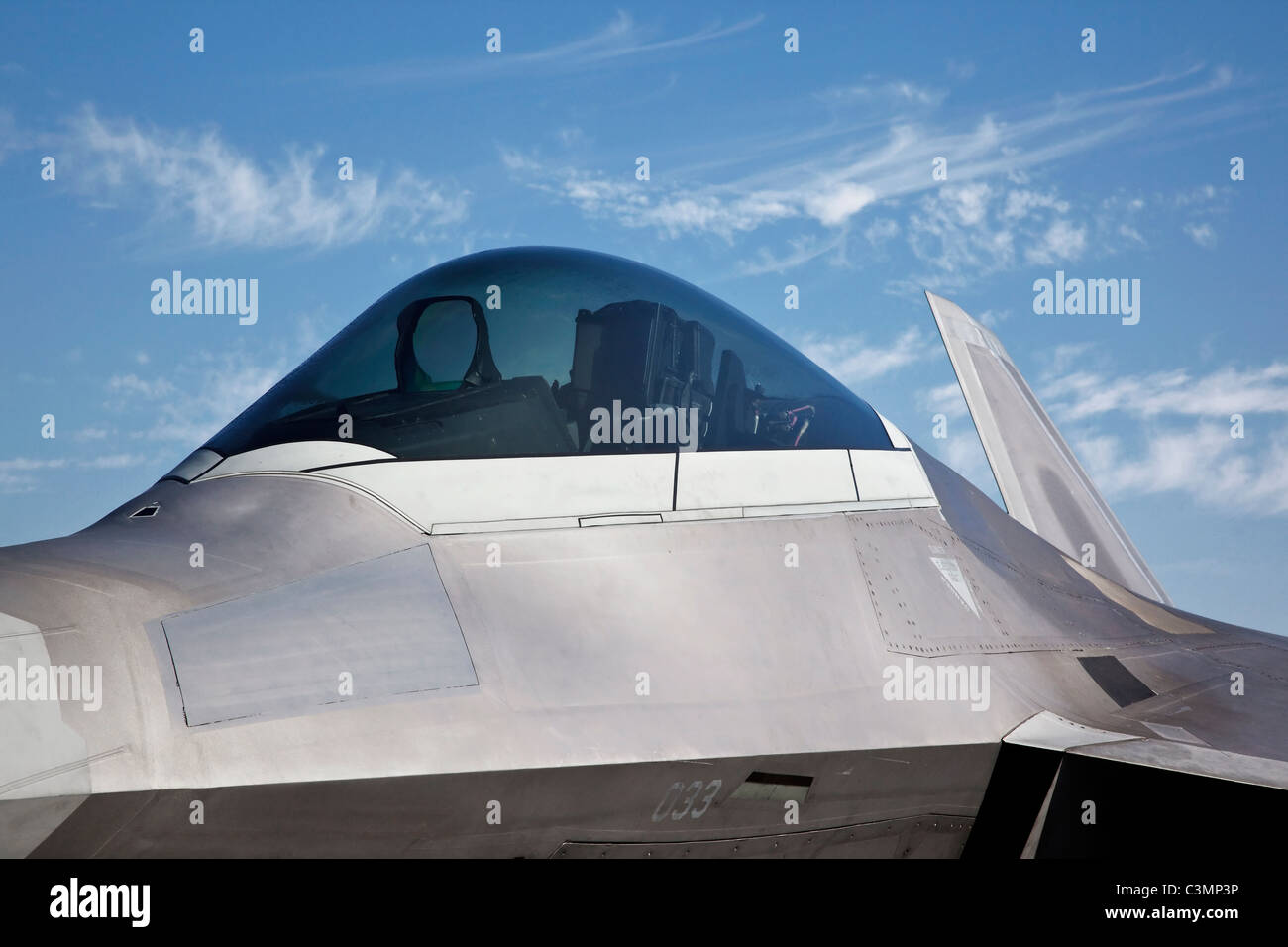

Two 1,000 pound-class Joint Direct Attack Munitions (JDAM), two AIM-120C, and two AIM-9

For its air-to-ground role, the F-22 can internally carry Performance and high fuel efficiency at slower speeds as well.įor its primary air-to-air role, the F-22 will carry sixĪIM-120C and two AIM-9 missiles. Sound for an extended period of time without the high fuelĬonsumption characteristic of aircraft that use afterburners toĪchieve supersonic speeds. The first to provide the ability to fly faster than the speed of Supercruise: Enhances weapons effectiveness allows rapid transit through theīattlespace reduces the enemys time to counter attack Integrated Avionics: Allows F-22 pilots unprecedented awareness of enemyįorces through the fusion of on- and off-board information Stealth: Greatly increases survivability and lethality by denying the enemyĬritical information required to successfully attack the F-22 The F-22 isĬharacterized by a low-observable, highly maneuverable airframe advanced integratedĪvionics and aerodynamic performance allowing supersonic cruise without afterburner.

It is designed to penetrate enemy airspaceĪnd achieve a first-look, first-kill capability against multiple targets. The Air Force has described the F-22 as “unmatched by any known or projected fighter.” The National Aeronautic Association awarded Lockheed Martin the 2006 Collier Trophy, American aviation’s most prestigious award, for “designing, testing and operating the revolutionary F-22 Raptor, providing total air dominance for America’s future.The F-22 program is developing the next-generation air superiority fighter for the Airįorce to counter emerging worldwide threats. Air Force bases, the F-22 fleet is ready to be rapidly deployed anywhere in the world it is needed. And it is equipped with stealth technology that enables it to operate virtually undetected by radar.Īssigned to seven U.S. It carries weapons primarily for striking airborne targets, but the Raptor pilot can also attack ground targets from standoff ranges. It can accelerate quickly and execute razor-sharp turns-even at high speeds. It can soar 10 miles high and fly at supersonic speeds for extended periods of time thanks to an unprecedented capability known as “supercruise,” which propels the jet to speeds greater than Mach 1.5 without the use of afterburners. The single-seat, twin-engine fighter features a combination of capabilities that are nothing less than revolutionary. It was the last of 195 F-22s that Lockheed Martin had produced for the Air Force during the previous 15 years, and it represented the completion of the world’s only operational fifth generation stealth fighter fleet. There was special significance attached to this aircraft. The date was May 2, 2012, and the occasion was the delivery of an F-22 Raptor to the U.S. “The very existence of this airplane-your airplane-has altered the strategic landscape forever,” said Lockheed Martin CEO Robert J. The Air Force would declare the F-22 operational in 2005. The maiden flight was the first of 3,496 flights and 7,616 test hours to come in the F-22’s engineering and manufacturing development phase. As he rolled up the taxiway, he turned the jet slightly, tapped the brakes and the jet bowed to the appreciative crowd. Jon Beesley, flying the safety chase aircraft, put his F-16 in afterburner to keep up with the Raptor.Īfter two circuits on a triangular route around north Georgia, Metz touched down fifty-eight minutes later. Wearing his lucky Super Chicken T-shirt under his flight suit, chief test pilot Paul Metz pulled the Raptor’s nose up and quickly gained speed and altitude, even with the landing gear down. The YF-22 and YF-23 prototypes were flown in 1990, and the Lockheed-Boeing-General Dynamics team won the ATF contest in 1991.Īfter nearly 44,000 wind tunnel test hours, 13,000 material sample tests, six years of development and a trio of program rephasings mandated by Congress, the F-22 was finally airborne. The competitors in the Advanced Tactical Fighter competition were selected on Halloween in 1987. The US Air Force identified a requirement in 1981 for a new air superiority fighter to replace the F-15-which then had been in service for just seven years. A long road led to that Sunday morning flight in 1997.


 0 kommentar(er)
0 kommentar(er)
